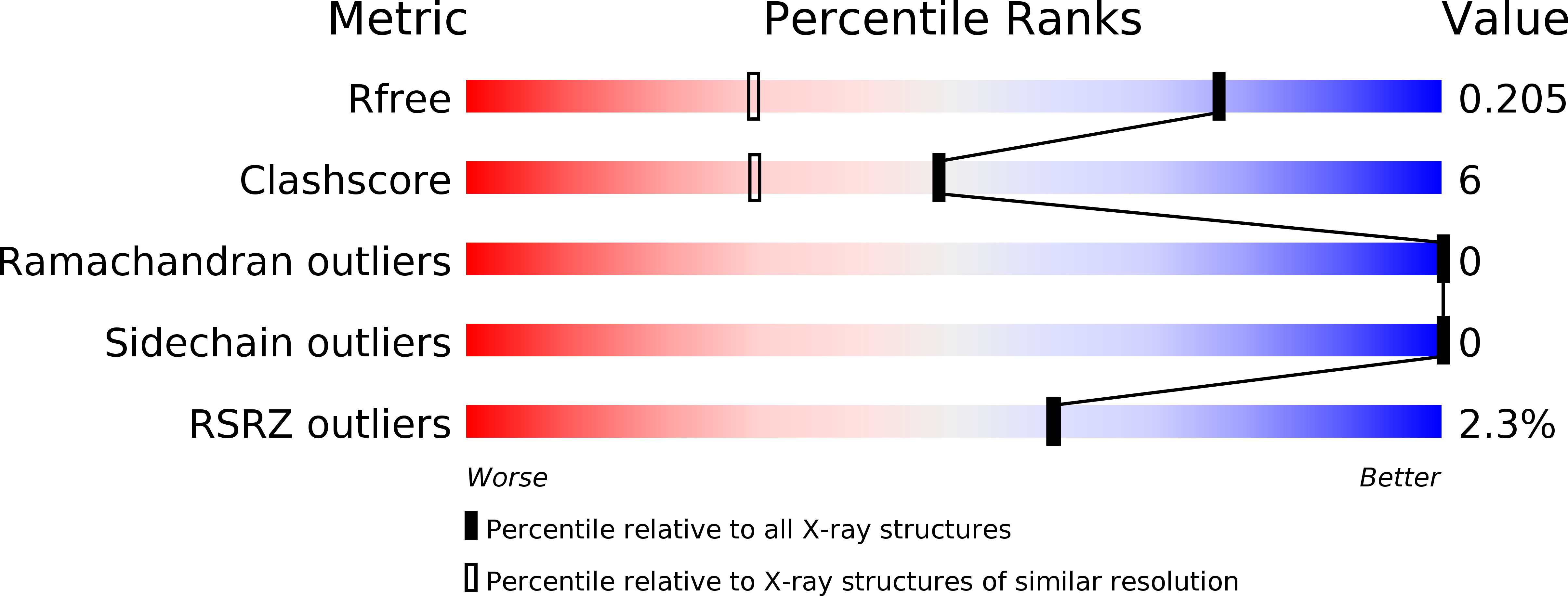
Deposition Date
2009-01-11
Release Date
2009-06-23
Last Version Date
2023-11-01
Entry Detail
PDB ID:
3FSO
Keywords:
Title:
Crystal structure of the Calx-beta domain of integrin beta4, calcium soak
Biological Source:
Source Organism:
Homo sapiens (Taxon ID: 9606)
Host Organism:
Method Details:
Experimental Method:
Resolution:
1.41 Å
R-Value Free:
0.21
R-Value Work:
0.18
R-Value Observed:
0.18
Space Group:
P 21 21 21


